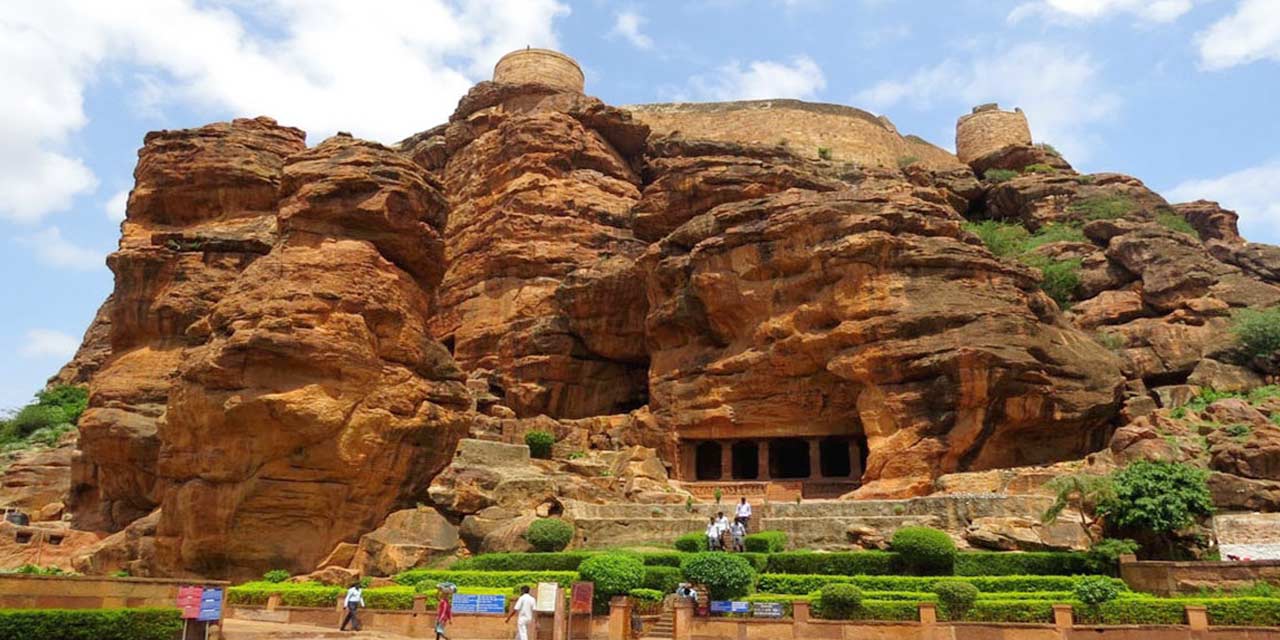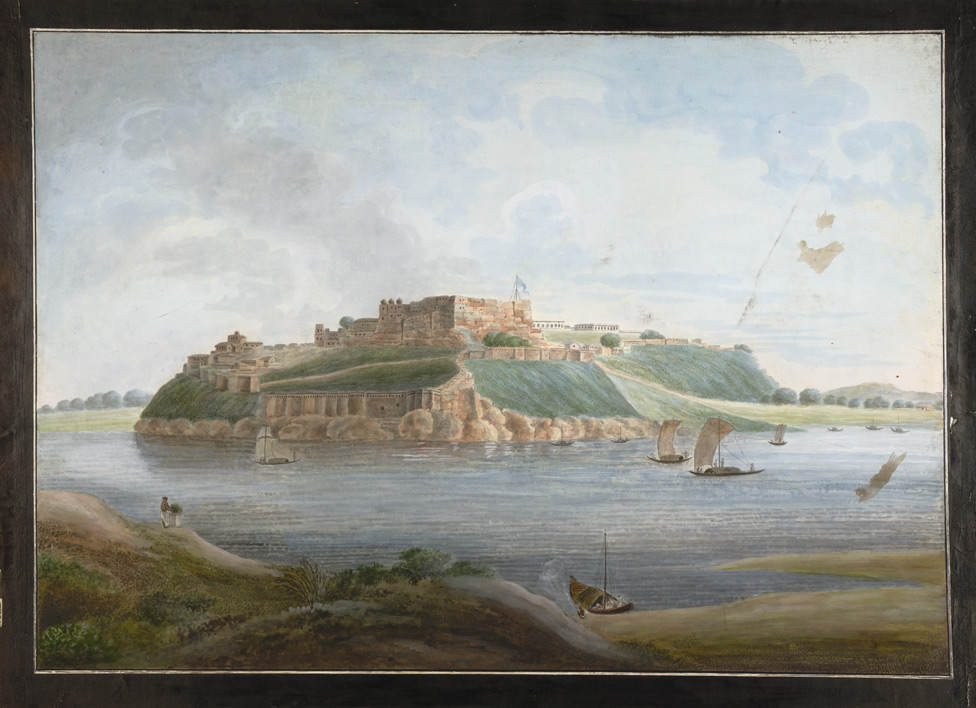A great read on the history of our understanding
of Genes and factors affecting heredity.
Carl Zimmer packs the book with numerous
anecdotes to keep you hooked.
Even for me, who quit on biology in school, the
first 300 odd pages were a breeze. The next 300 was slightly more difficult, as
the terms used were not familiar to me.
But a delightful read throughout anyway
Do human races differ much
genetically? Is there much in common, genetically speaking between an Asian,
African and a European?
The author makes it very clear that though physical differences may
appear amongst races on a superficial level to be very dramatic, they are
determined by only a minute portion of the genome: we as a species have been
estimated to share 99.9% of our DNA with each other. The few differences that do exist reflect differences in
environments and external factors, not core biology.
And for that hotly debated issue- Is
intelligence all genes? Well- partly says the author. It's genes and the
environment that shape who we are.
And even though height is even more easily
measurable than intelligence, scientists have still not been able to identify
the genes that is responsible for it.
But height has also much to do with better food
and health care systems. For instance South Koreans are more than an inch
taller in comparison to North Koreans, which is a clear demonstration of how
environment factors matter.
Heredity is not just genes by the way. We inherit culture too! And most of us have traces of Neanderthal genes in us.
One of the more heart warming stories in the
book is on the treatment of PKU or Phenylketonuria,
a genetically determined metabolic disorder. Babies with PKU, if left untreated
will have devastating brain damage.
PKU is an inherited disease in
which the body cannot metabolize an amino acid called phenylalanine. Normally
phenylalanine is metabolized and converted into tyrosine, another amino acid,
but if it stays as phenylalanine, there will be too much of it, and high levels
of phenylalanine are harmful to the brain.
PKU was diagnosed as early
as 1934. But scientists/doctors could not find a cure for it.
It all changed on account of
one persistent mother, Mary Jones.
The journey to a
treatment started in 1949, when a British woman named Mary Jones
brought her seventeen-month-old daughter, Sheila, to a
Birmingham hospital. Sheila couldn't stand or even sit
up. Nor did she take an interest in her surroundings.
A doctor at the
hospital named Horst Bickel examined Sheila and informed Jones that she had
PKU. "Her mother was not at all impressed when I showed her proudly my
beautiful раper chromatogram with the very strong phenylalanine (Phe) spot in
the urine of her daughter proving the diagnosis," Bickel later recalled.
Jones wanted to know
what Bickel was going to do now that he had discovered Sheila's disease. There
was nothing to do,Bickel explained.
Jones rejected his answer. She came back the
next morning to demand help. When he turned her down,she came back every morning.
She was very upset and did not accept the fact that at the time
no treatment was known for PKU," Bickel said. "Couldn't I find
one?".........
Jones was so insistent, though, that Bickel
decided to talk to some of his colleagues about a diet for PKU. He learned that
a biochemist in London named Louis Wolff had tried concocting a broth that
could provide protein to people with PKU without poisoning them with
phenylalanine. When he proposed feeding his broth to patients, his superiors at
Great Ormond Street Hospital told him his job did not involve crazy treatments
for the incurable.
Wolff gave his recipe to Bickel, who followed
the directions, working in a frigid lab kept cold to prevent the concoction
from spoiling.
Eventually, Bickel
prepared enough of the stuff for Sheila. He instructed Jones that the girl was
to eat nothing else. To his delight, the phenylalanine in Sheila's bloodstream
dropped......
The diet even showed signs of improving her
brain. Within a few months she began to sit up, then to stand, then to walk
with assistance. Her musty odor even disappeared.
But when Bickel told
his colleagues at the hospital, they scoffed. They were sure Sheila had
improved merely thanks to the extra attention she was getting.
Bickel decided there
was only one way to persuade them: take Sheila off of the diet.
Without telling Jones,
Bickel secretly added phenylalanine to the formula. Within a day on the altered
diet, Sheila started deteriorating. Soon she stopped smiling, making eye
contact, or even walking. Bickel and his coworkers told Jones of their
secret maneuver, and put her back on the low-phenylalanine formula. While the
transformation was enough proof for Bickel, he didn't think it would be enough
to persuade skeptical colleagues. He got Jones's permission to bring Sheila
into the hospital and feed her Phenylalanine again.
This time, Bickel ....
captured his diet
treatment to Sheila Jones in a movie. The movie is available on YouTube and a
great watch.
https://www.youtube.com/watch?v=OqZ7QHO5_hs
Bickel's movie was
impressive enough to change the minds of doctors at Great Ormond Street.
The treatment for PKU
started. By the 1970s, the first generation of people treated for PKU since
birth reached adulthood. They could finish school, hold jobs, have ordinary
lives.
In 2001,a graduate student named Tracy Beck
became the first person with PKU to gain a PhD. She became an astronomer,
helping to build the James Webb Space Telescope. For thousands of years, people
who inherited the mutations in Beck's PAH genes would have looked to the sky
and not known the word for the lights they saw. Now Beck was helping to extend
humanity's gaze to the farthest edges of the universe.
Sadly for Mary Jones,
life wasn't fair on her. Suffering from mental illness herself, Mary Jones, a single
mother, ended up in an institution. Sheila Jones learned to feed and dress
herself, but could never learn to speak.
Sheila Jones has however been
immortalised by the institution of an award in her name- The Sheila Jones Award
in 2017. It is an award for patient advocates. This can be awarded to
individuals, groups or organizations.
Epigenetics
A current fascinating field of study is epigenetics. Epigenetics suggests that it possible for
your experience to produce changes in your genes that could then be inherited
by your children. It opens up the possibility of a heredity of
experience.
It is being suggested that certain
experiences — child neglect, drug abuse or other severe stresses — could set
off epigenetic changes to the DNA inside the neurons of a person’s brain.
Jews, whose great-grandparents were chased
from their Russian shtetls; Chinese whose grandparents lived through the
ravages of the Cultural Revolution; adults of every ethnicity who grew up with
alcoholic or abusive parents — all carry with them more than just
memories.
Our experiences, and those of our forebears, are
never gone, even if they have been forgotten. The DNA remains the same, but
psychological and behavioral tendencies are inherited. You might have inherited
not just your grandmother’s knobby knees, but also her predisposition toward
depression caused by the neglect she suffered as a newborn. Or for that
matter if your grandmother was adopted by nurturing parents, you might be
enjoying the boost she received thanks to their love and support.
Epigenetics, can be seen in
plants: where what they experience affects future generations, many generations
down. There's pretty good evidence in some animals like worms. But when we get
closer to ourselves in mammals like rats, it gets more debatable. When we get
to humans, a lot of researchers argue that they're isn’t really compelling data
yet for it.
Still a topic of debate and who know
what the future holds?
CRISPR
However one of the biggest
science stories of recent times is CRISPR (stands for Clustered Regularly
Interspaced Short Palindromic Repeats)
CRISPR is basically a group of
molecules that can edit DNA. You can fine tune the CRISPR molecules to go after
any piece of DNA you want. They can cut that DNA and then you can actually
insert a different piece of DNA in its place.
So this could allow you for
example to fix a defective gene. If somebody has cystic fibrosis for example,
in theory you could use CRISPR to repair the gene that's faulty in them and then
they would not suffer from cystic fibrosis any longer. And also against things
like cancer because you can actually take people's own immune cells and edit
their genes so that they can recognize and attack cancer cells.
Some scientists have repaired defective DNA in
mice, for example, curing them of genetic disorders. Plant scientists have used
CRISPR to edit genes in crops, raising hopes that they can engineer a better
food supply. Some researchers are trying to rewrite the genomes of elephants,
with the ultimate goal of re-creating a woolly mammoth.
The days when CRISPR technology will be used to
alter the genes of human embryos does not seem far off.
There is at present a self-imposed
moratorium in the United States and Europe to work on human embryos. Not
in China though. Reports suggest that researchers in China have
actually proceeded to human clinical trials using CRISPR.
With CRISPR, it is easy
to imagine a world where the haves and have-nots diverge even further in health
outcomes than they already do — at the genetic level, because rich people
can afford to enhance their genes and their yet-unborn kids’ genes for intelligence,
musical ability, height etc.
So assuming we can figure out how to
genetically engineer smarter, stronger sons and daughters, who is going to stop
us?
The book covers much more fascinating aspects on genes and heredity, and is definitely a recommended read.


.jpg)

















